There’s a science to do your laundry. Many people don’t bother and just throw everything (unsorted) into the machine. They use cold water and shake in a random amount of detergent. These people spend more money and time washing their clothes than they need.
In order to get the best clean and reduce the amount of energy you consume, you need to understand how water temperature affects your clothes. Sometimes there’s no need to spend the energy on hot water; other times you have no choice.
You can’t wash everything in cold
Some people like to keep things simple and wash everything in cold water. Sure, it’s quick, and you could toss everything in at once, but cold water doesn’t clean very much on its own.
You see, washing is an equation you have to balance. You’re dealing with three types of energies: mechanical (supplied by the washer’s agitation and time spent washing), chemical (from your detergent) and thermal (from the temperature of the water).
If you take away all thermal energy, you have to increase the other two energies in order to get your clothes clean and take stains out. In colder water, fewer chemical reactions take place in the detergent. So by washing everything in cold, you increase the amount of detergent you use (if your detergent is effective at all at this point) and the time your clothes agitate.
Plus, stains are hard to spot in wet clothes. You may toss something in the dryer thinking the stain is out, only to find out that never disappeared and now the dryer has set it in the fabric. Washing everything in cold is a quick way to make clothes unwearable.
When hot water is the right choice
Hot water is best for whites (because stains are unforgiving, they have to come out), very dirty or greasy clothes, and sturdy fabrics that retain their color easily (like denim).
It’s also important to choose hot water when you need to sanitize something. For instance, you would want to hot wash bed sheets (especially after a little one’s accident), pillow cases, cloth diapers, or clothing anyone wore while they were sick or bled.
When cold water is the right choice
Cold water is best for very dark or very bright colors that are prone to fading. You also want to use it on delicate fabrics like lingerie, active wear, silks and satin. It’s also a good temperature to use on anything you don’t want to shrink, like that dress or jeans that fit just right.
Make sure that you check your garments carefully for stains before washing them in cold. You may have to pretreat these stains first or wash them by hand.
Consider adding a bit more detergent than usual and increasing the washing time by a few minutes to balance the equation I talked about before.
When warm water is the right choice
Naturally, warm water is the middle-of-the-road solution. It’s good for minimizing color fading and wrinkling. Use it for moderately soiled clothes, light colors that aren’t likely to run, towels, jeans, sheets, kids’ clothes, uniforms, and synthetic fibers.
Always rinse cold
The rinse cycle isn’t meant to clean, it just clears away the detergent. There’s no reason to waste energy and rinse with hot water. Many people don’t adjust the rinse setting on their washer. By switching this to cold, you can save as much as one-third of the energy of the entire load.
Written by Kim Webb, CEO and Founder of Rockin’ Green Soap
Finally it’s cool to be GREEN! Rockin’ Green is made for families that care about taking care of themselves and the Earth. As a mom Kim was fed up with the empty promises of “green” cleaning products that were not delivering what they promised… So she invented Rockin’ Green! We can all do our part for the environment while doing something good for ourselves. All of our organic cleaning products are biodegradable, and gluten and vegan friendly. They don’t contain phosphates, SLS, Parabens, or optical brighteners. All of our packaging is made from recycled materials.
Visit www.rockingreensoap.com for more information.
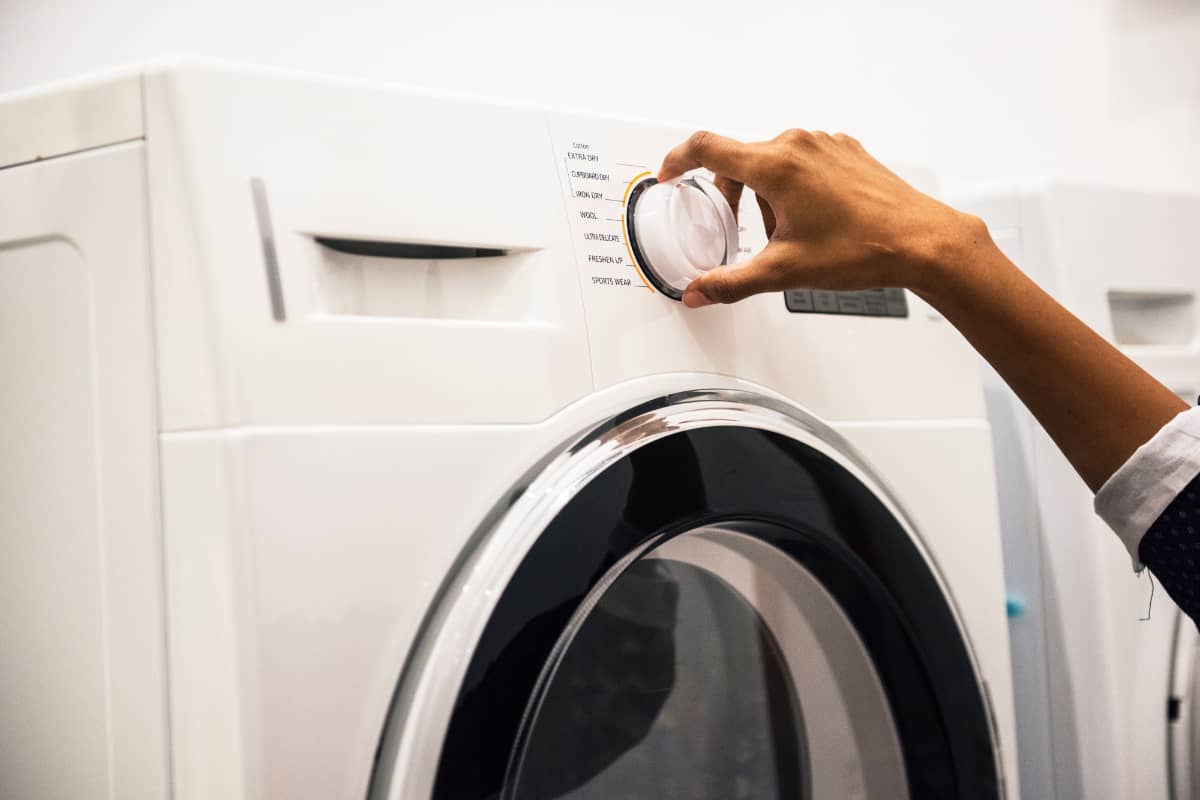
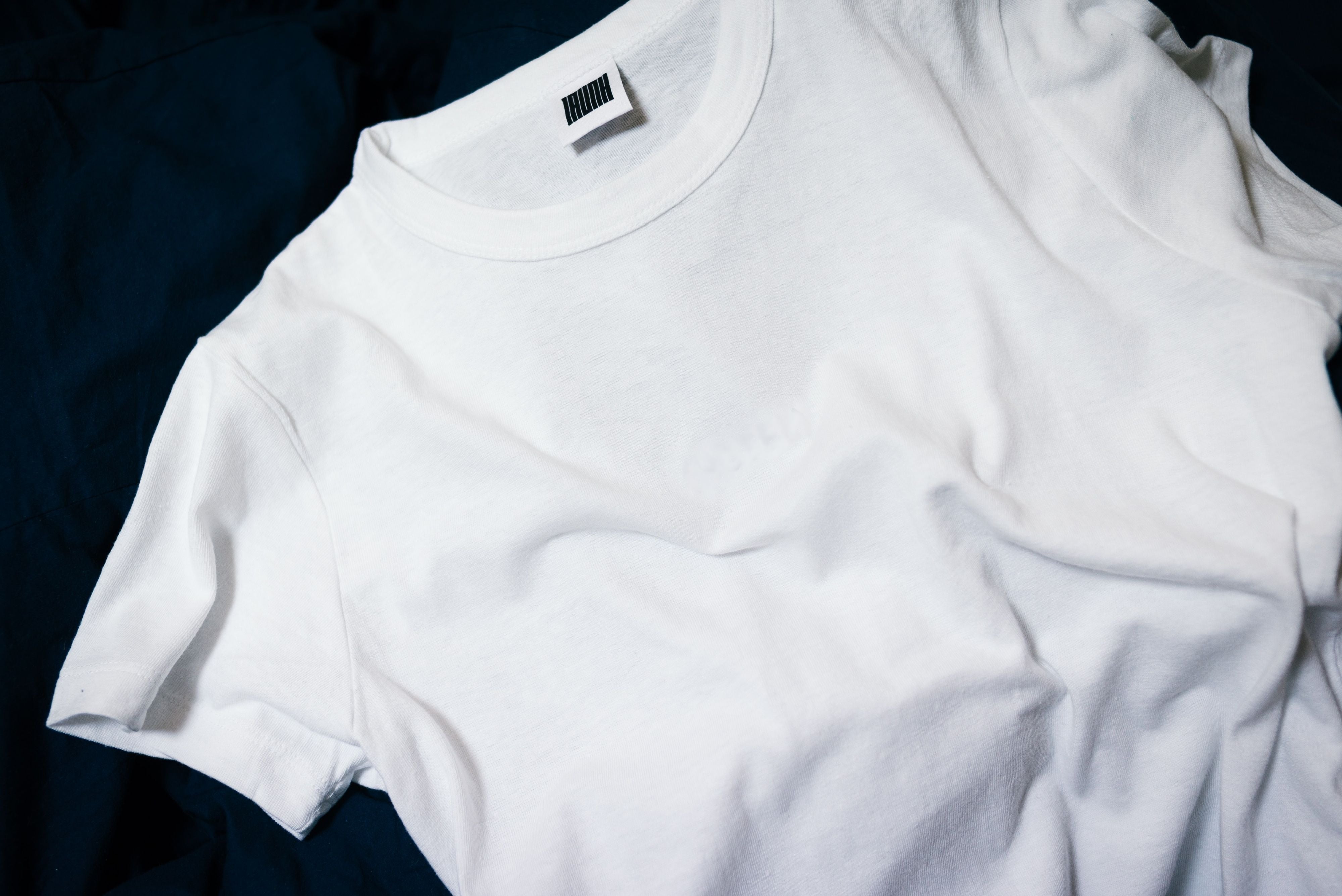
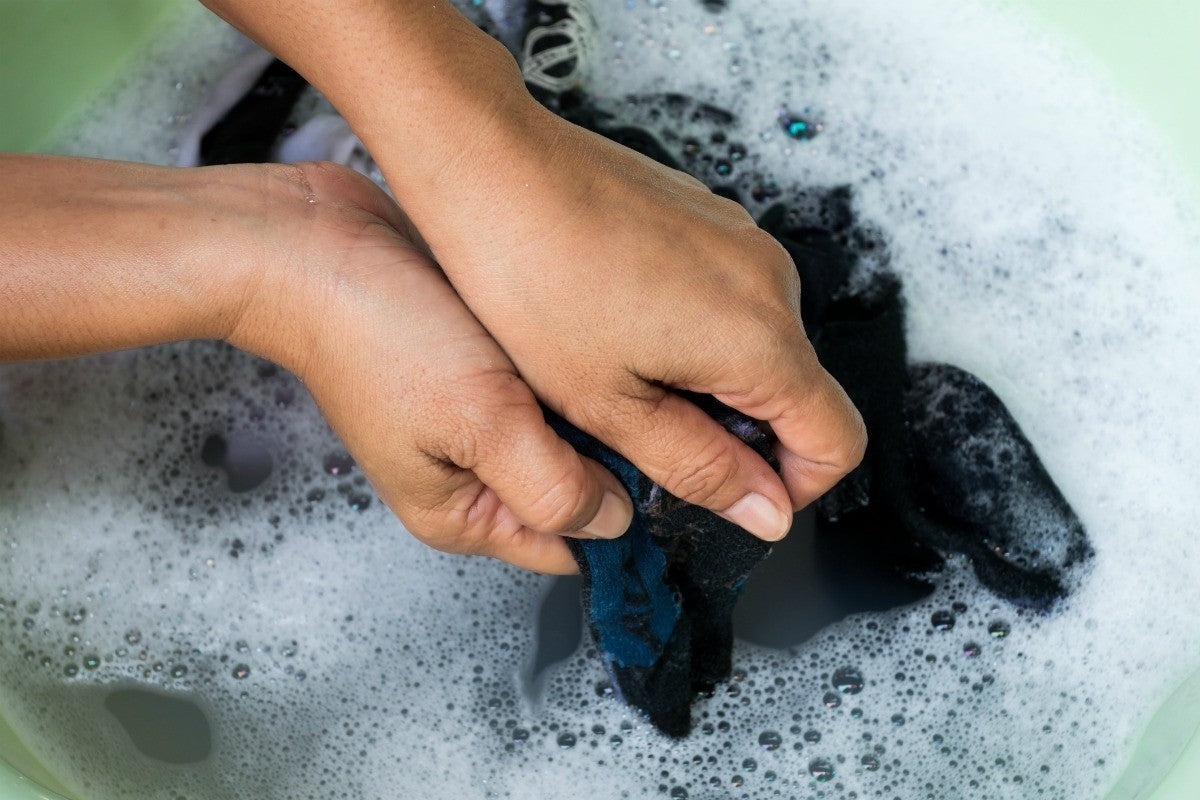
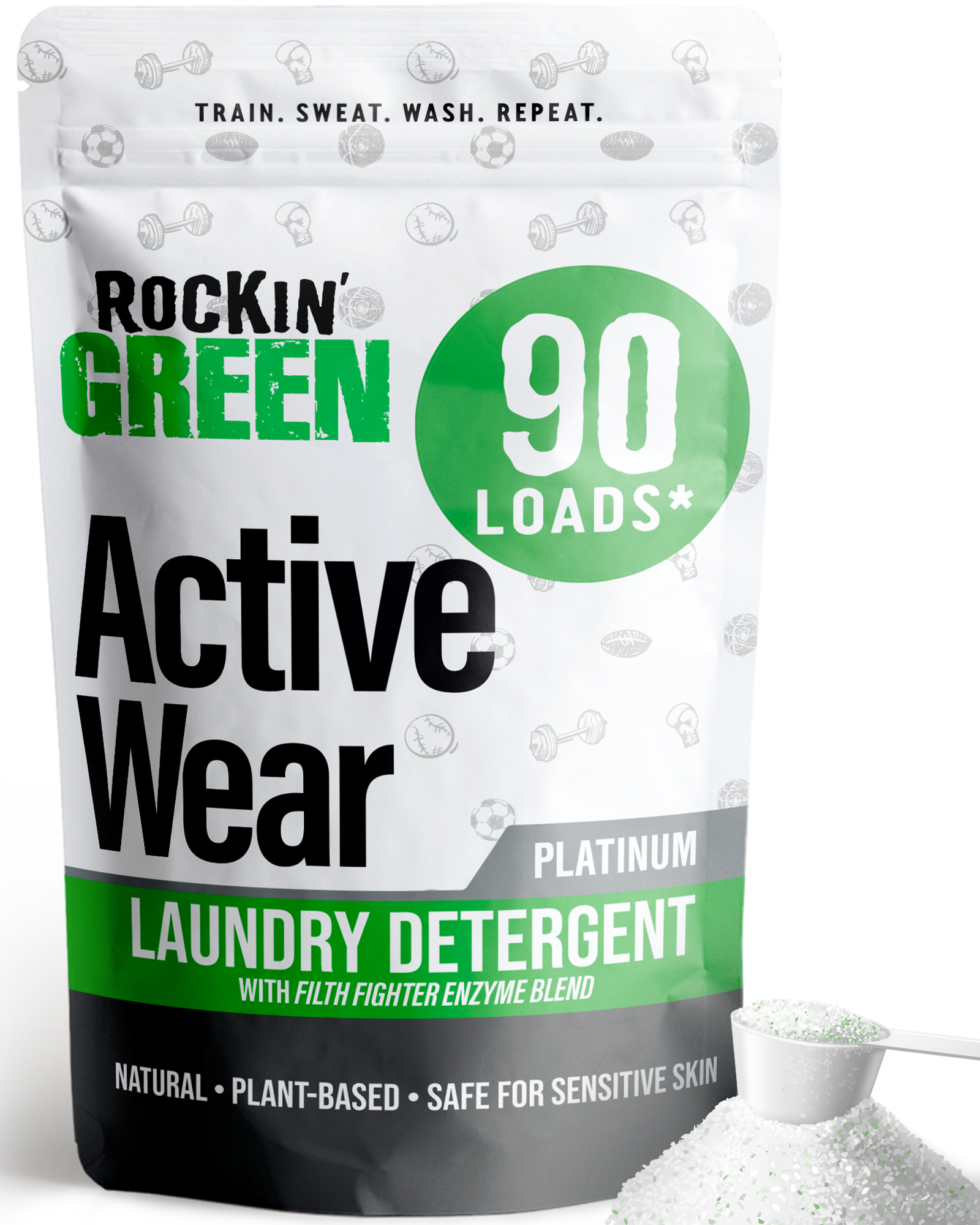
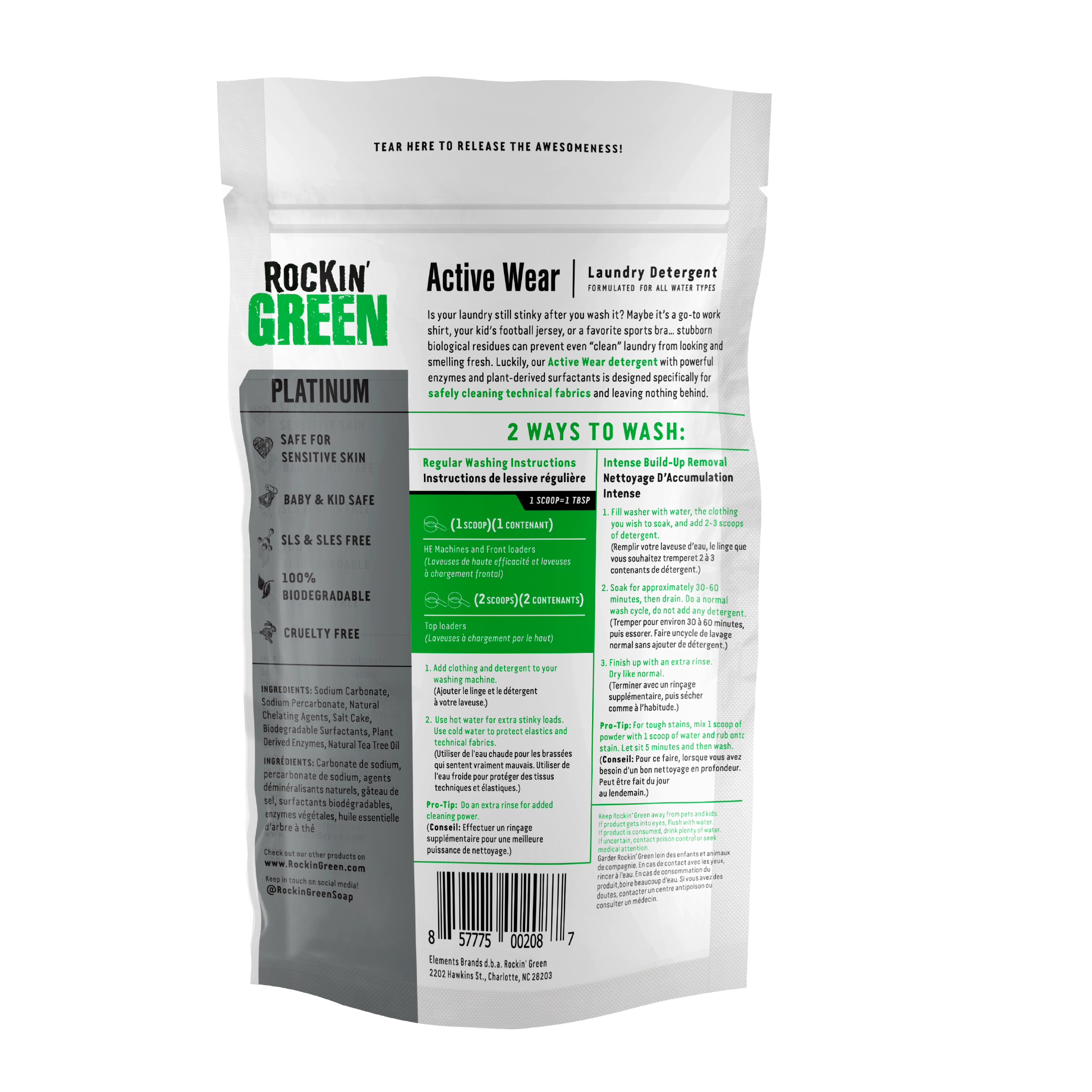

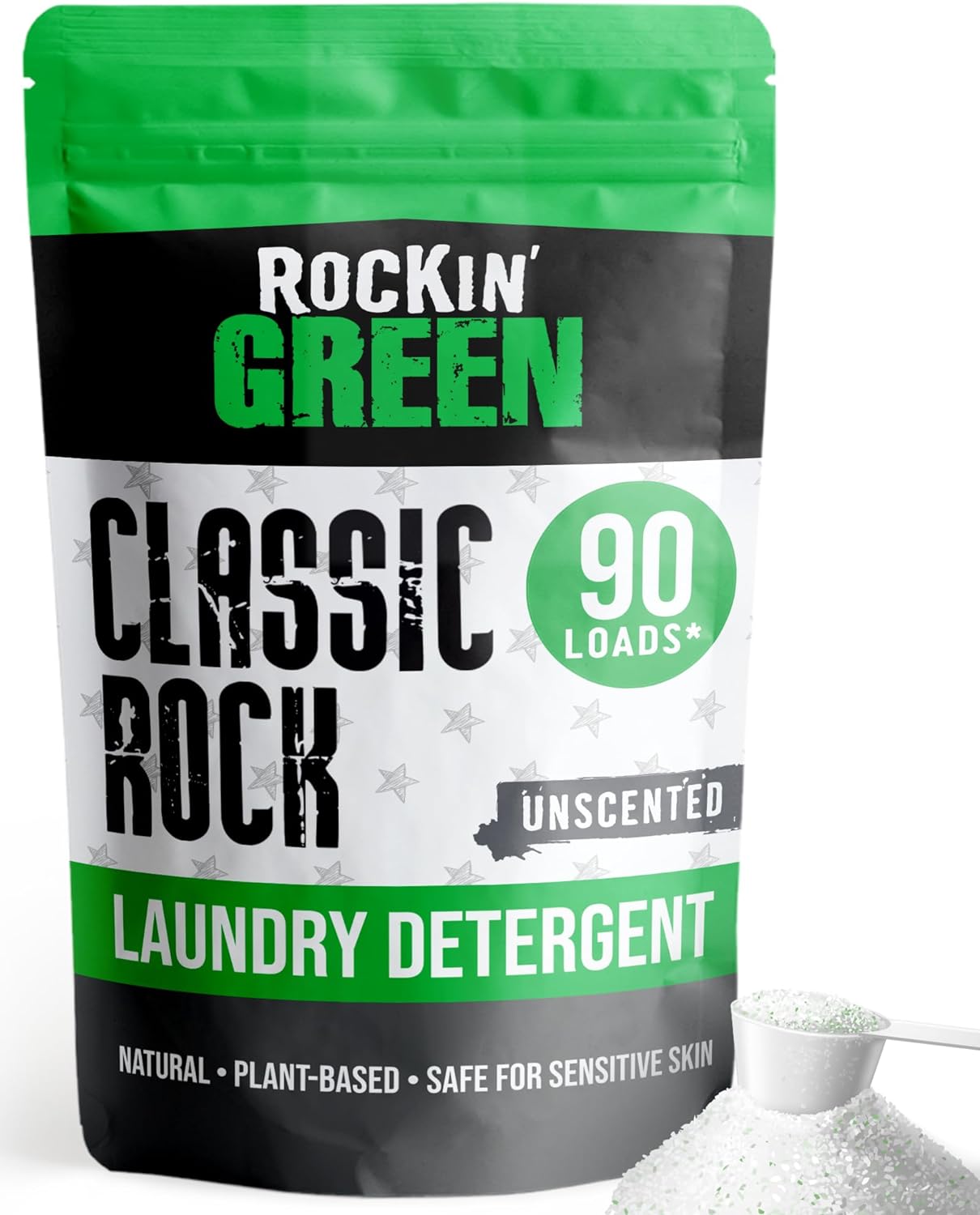
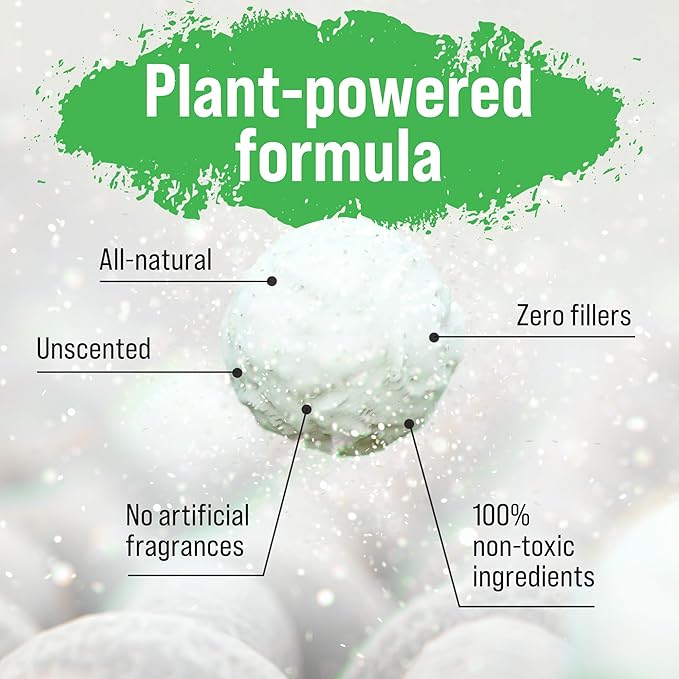
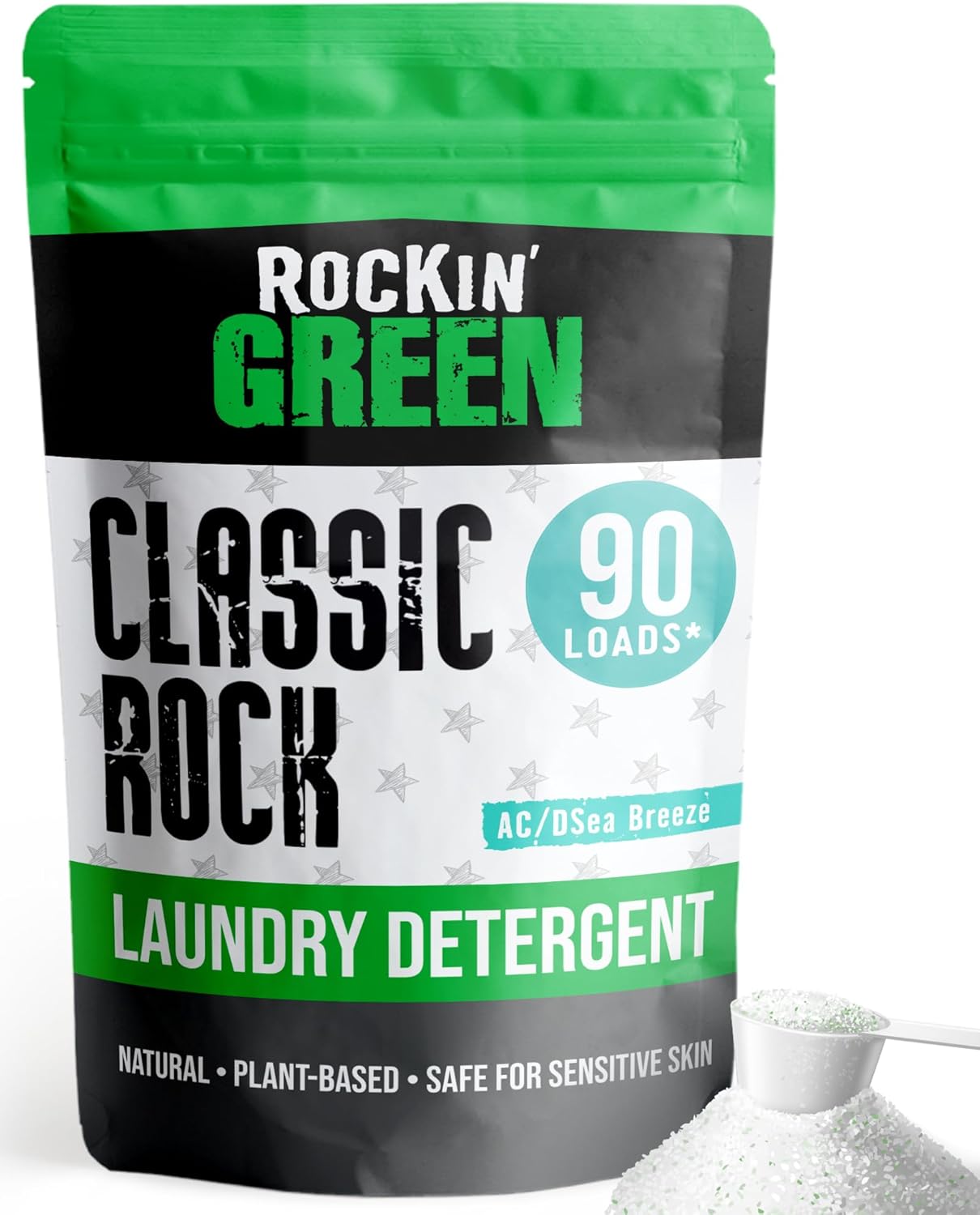
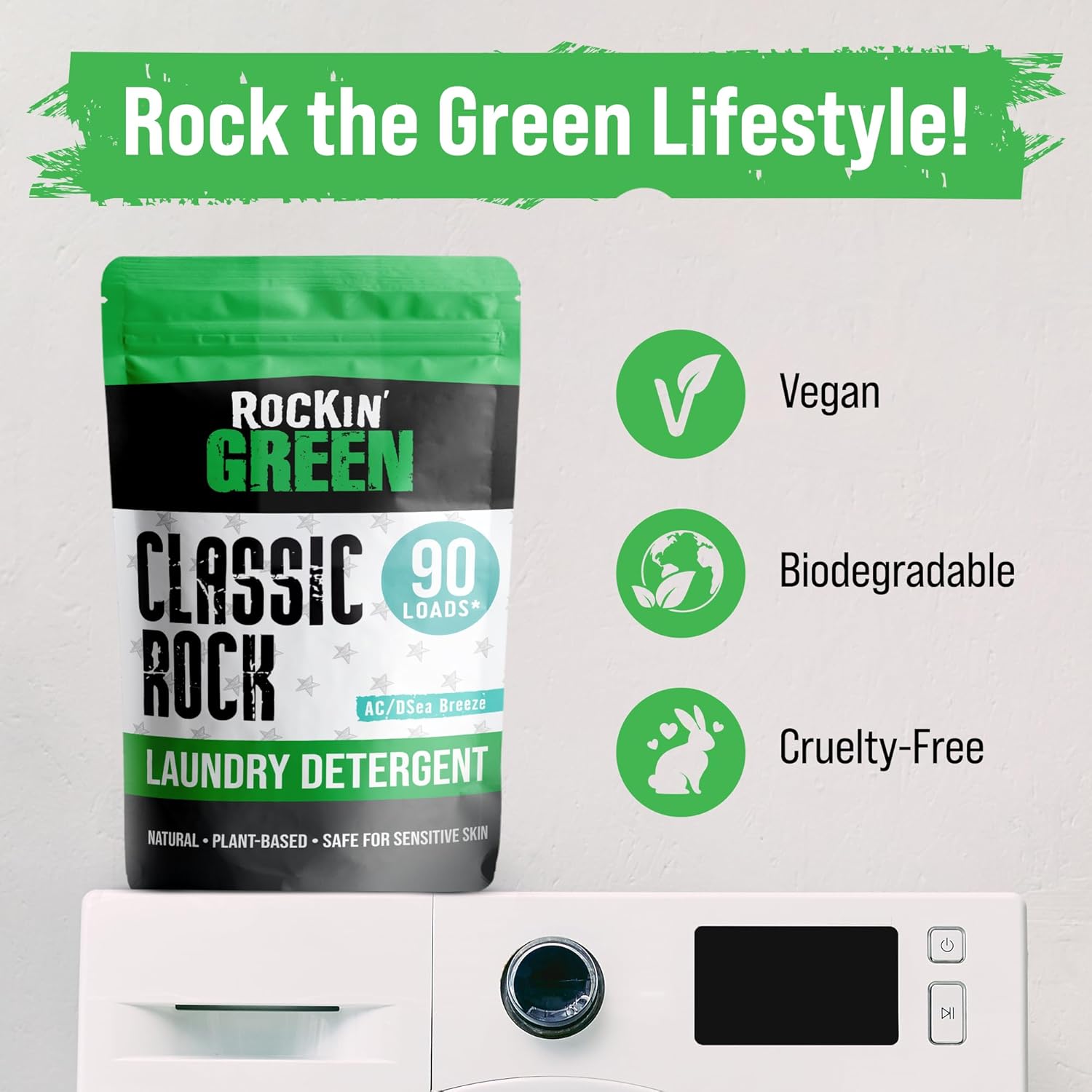
Leave a comment
This site is protected by hCaptcha and the hCaptcha Privacy Policy and Terms of Service apply.